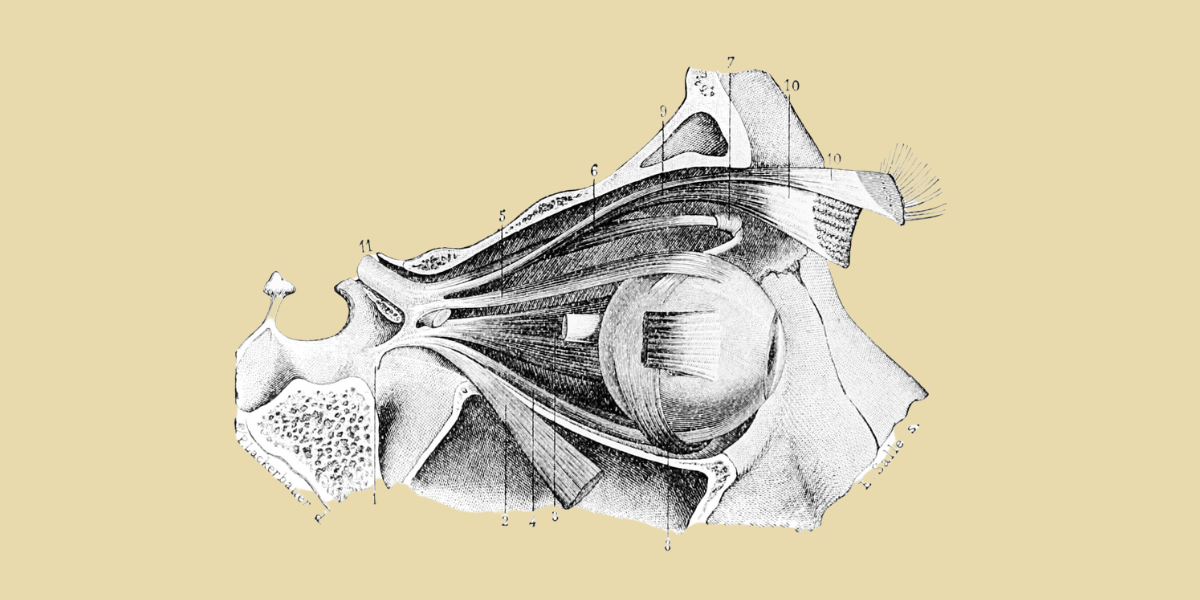How Transparency and Integrity Are Built Into Every Layer of Paperstars
Science deserves better than impact factors and citation counts. Paperstars brings transparency, verified anonymous reviews, and structured, quality-focused ratings to research evaluation, building a fairer, more accountable system grounded in integrity, not prestige.

In a world where scientific impact is too often measured by numbers of numbers: impact factors, H-indexes, and citation counts. Paperstars is taking a different approach. We’re building a platform where transparency and integrity aren’t just features, they’re the foundation.
Here’s how we’re designing Paperstars to reflect those values in every layer.
⭐️ 1. Qualitative Ratings, Not Just Counts
On Paperstars, research is evaluated on quality, not just visibility. Instead of relying on raw citation counts or journal prestige, we use a weighted rating system that breaks down a paper into its essential components:
- Title: Was the title appropriate, slightly misleading, or exaggerated?
- Methods: Were the methods robust and appropriate for the question?
- Statistical Analysis: Was the statistical analysis appropriate or were they p-hacking?
- Data Presentation: Were the figures clear and appropriate or misleading?
- Discussion: Were the results appropriately discussed?
- Limitations: Were the limitations appropriately discussed?Data Availability: Were the data and code shared openly?
Reviewers rate each of these components individually, and these are then weighted to produce a final star rating. But this isn’t a rigid calculation, the user can manually adjust their final score to ensure it reflects their true impression.
✅ Why this matters: A high star rating on Paperstars means the paper has been evaluated for its quality, not just its popularity.
🔍 2. Verified, Anonymous Reviews
One of the biggest problems with online reviews is the fear of backlash, especially in academia, where critique can have consequences.
On Paperstars, we solve this with a balance of anonymity and verification:
- Every reviewer is academically verified (using an academic email), so you know reviews are coming from people with relevant knowledge.
- But reviews are posted anonymously, giving reviewers the freedom to be honest without fear of professional consequences.
This means that even early-career researchers can speak openly about the strengths and weaknesses of a paper without risking their reputation.
✅ Why this matters: It ensures reviews are honest, critical, and useful, without exposing reviewers to risks.
📝 3. Structured Reviews That Actually Mean Something
To prevent shallow or meaningless reviews, Paperstars has a built-in review scaffold.
When you leave a review, you’re guided with structured prompts:
- Is the title accurate and informative?
- Are the methods appropriate and clearly described?
- Are the conclusions supported by the data?
- Is the data openly available?
And because every review has a minimum word count, we avoid the problem of low-effort reviews like “Good paper” or “Couldn’t access.”
✅ Why this matters: It means reviews are consistently useful, both for authors and for other readers.
🛡️ 4. Integrity by Design: Anti-Bullying Measures
Transparency doesn’t mean leaving the door open to bad behavior. To protect researchers from harassment:
- Reviews are monitored for abusive language or personal attacks.
- Users who leave multiple negative reviews for a single author are flagged for investigation (to prevent bullying).
- Reviews are community-moderated with upvotes and flags.
✅ Why this matters: Critique should be honest, not hostile.
🌱 5. A Community Built on Trust
Finally, Paperstars is being built with the understanding that science is a community effort.
- Early-career researchers, postdocs, students, and established academics can all review papers, and their voices matter.
- Anonymous reviews protect new voices without silencing them.
- By making Paperstars an open platform, we’re creating a space where scientific work can be evaluated on what it actually contributes, not just on where it was published.
✅ Why this matters: Because science is stronger when it’s honest, transparent, and accountable.
🚀 What Comes Next?
We’re still building. But transparency and integrity are already built into every layer of Paperstars. Because science deserves better than empty metrics.
If you believe in a world where research is evaluated for what it really is, rather than how well it performs on a spreadsheet, you’re in the right place.
